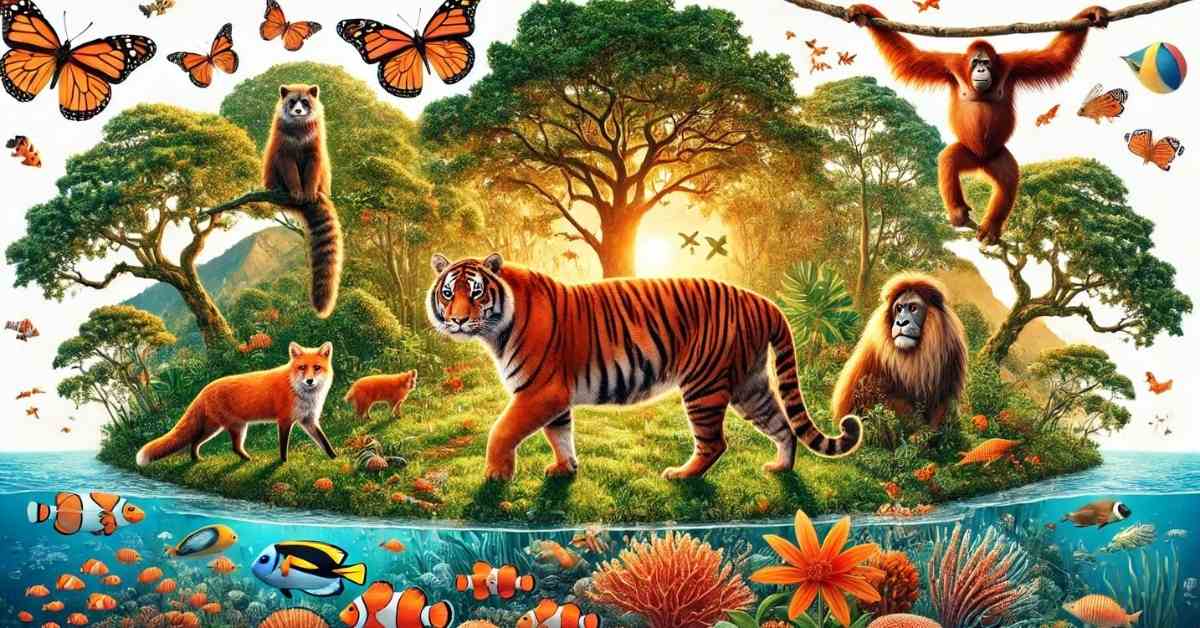Introduction to Orange Animals
Orange is a color that stands out vividly in nature, often symbolizing warning, attraction, or camouflage. Many animals exhibit orange hues in their coats, feathers, or skin, contributing to their ecological roles. In this article, we’ll explore ten famous orange animals, discussing their unique characteristics, habitats, and the environmental significance they hold within their ecosystems.
1. Bengal Tiger (Panthera tigris tigris)
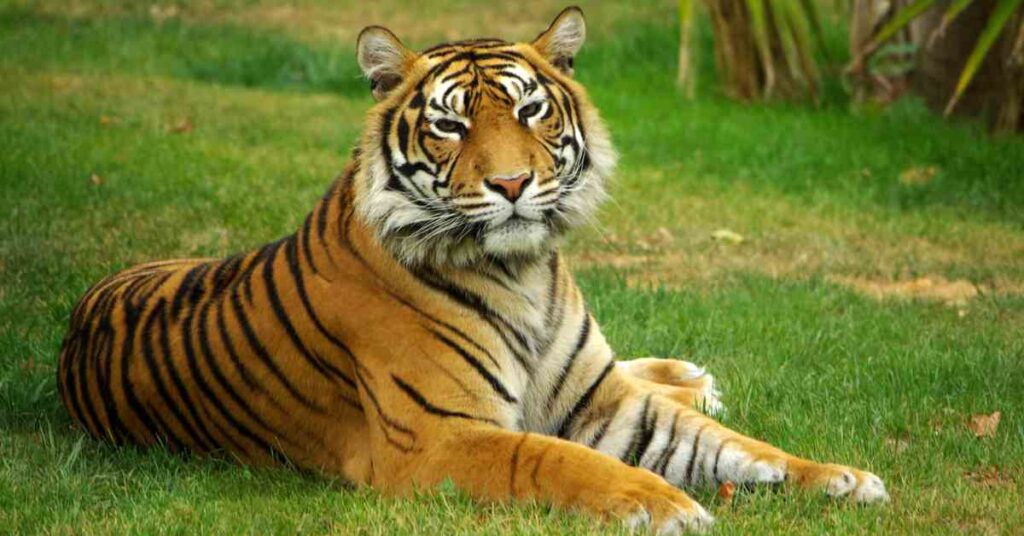
Habitat and Range
The Bengal tiger is perhaps the most iconic orange animal in the world. Known for its striking orange fur with black stripes, this tiger species is native to the forests and grasslands of India, Bangladesh, Bhutan, and Nepal.
Ecological Role
As an apex predator, the Bengal tiger plays a critical role in maintaining the balance of its ecosystem by controlling prey populations. Its presence is vital for keeping herbivore numbers in check, preventing overgrazing, and promoting biodiversity.
Conservation Status
Sadly, the Bengal tiger is classified as endangered, with fewer than 2,500 individuals left in the wild. Habitat destruction, poaching, and human-wildlife conflict threaten these orange animals. Conservation efforts include habitat protection, anti-poaching measures, and international collaborations.
2. Red Fox (Vulpes vulpes)
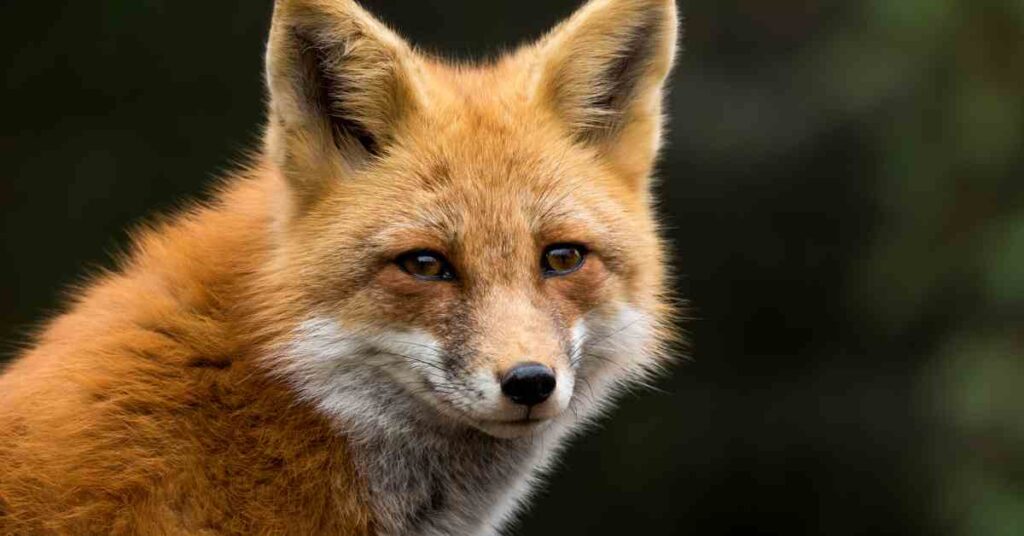
Habitat and Range
The red fox, despite its name, is often orange in color, with reddish hues in its fur. This adaptable mammal these orange animals can be found across the Northern Hemisphere in a variety of habitats, from forests to urban areas.
Ecological Role
Red foxes are opportunistic feeders and play a role in controlling small mammal populations, such as rodents, which helps balance ecosystems. Their adaptability also makes them important in urban wildlife dynamics.
Conservation Status
The red fox is listed as a species of least concern, with stable populations in many regions. However, in some areas, these orange animals face threats from habitat destruction and persecution as pests.
3. Clownfish (Amphiprioninae)
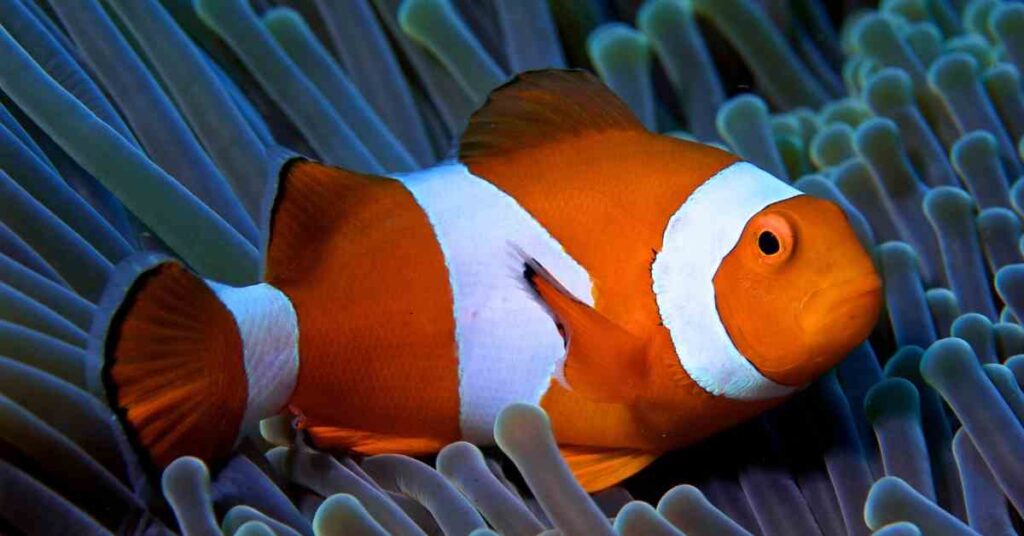
Habitat and Range
Clownfish, made famous by popular culture, are small, vibrant orange fish with white stripes. They inhabit the warm waters of the Indian and Pacific Oceans, living in symbiosis with sea anemones in coral reefs.
Ecological Role
Clownfish contribute to the health of coral reefs by engaging in a mutualistic relationship with sea anemones, which provide them protection while the fish clean the anemones and fend off predators.
Conservation Status
Clownfish populations are stable, but they face threats from coral reef degradation and climate change. Coral bleaching, caused by rising ocean temperatures, endangers the habitat of these orange animals.
4. Monarch Butterfly (Danaus plexippus)
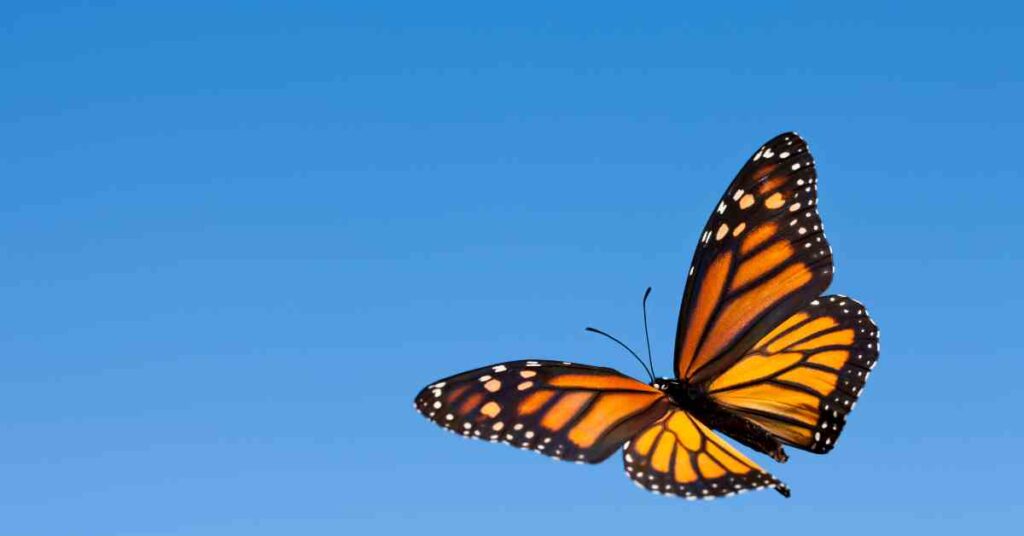
Habitat and Range
The monarch butterfly is renowned for its orange and black wings and is native to North America, where it undertakes a remarkable migration from Canada to Mexico.
Ecological Role
Monarchs are essential pollinators, helping various plant species reproduce. They also serve as an indicator species, with their population health reflecting broader environmental conditions, such as climate change and habitat loss.
Conservation Status
Monarch butterflies are currently facing population declines due to habitat loss, pesticide use, and climate change. Conservation programs focus on protecting their migration routes and breeding grounds, especially milkweed plants, which are crucial for their larvae.
5. Golden Lion Tamarin (Leontopithecus rosalia)
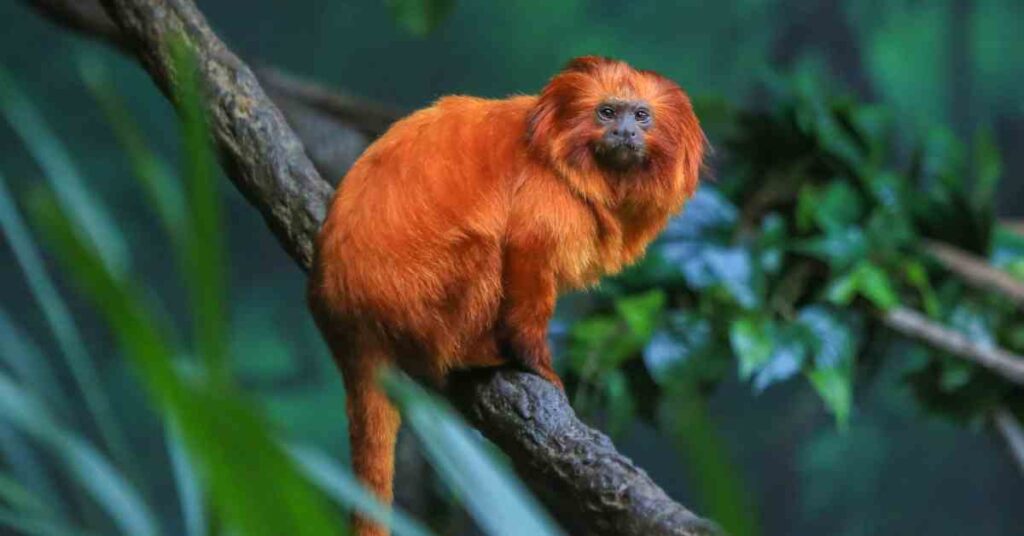
Habitat and Range
This small, golden-orange primate is native to the coastal rainforests of Brazil. The golden lion tamarin has bright orange fur, giving it a lion-like appearance despite its small size. Thus it qualifies to be on the list of orange animals.
Ecological Role
Golden lion tamarins are seed dispersers, contributing to forest regeneration by spreading seeds as they consume fruits. This behavior supports the health and diversity of rainforest habitats of these orange animals.
Conservation Status
Once critically endangered, with fewer than 200 individuals in the wild in the 1970s, conservation efforts have helped their numbers increase to around 3,000. However, habitat destruction continues to threaten their survival.
6. Eurasian Hoopoe (Upupa epops)
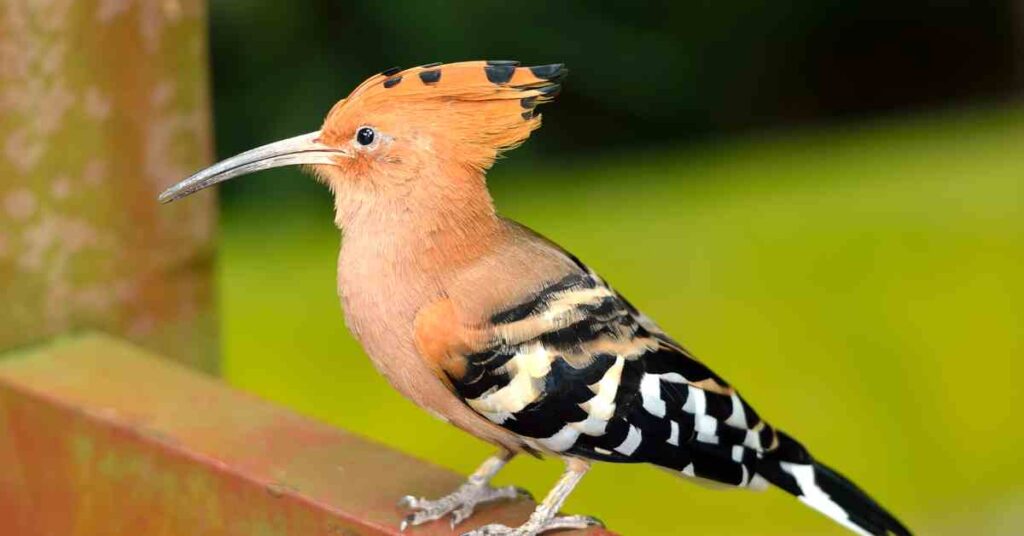
Habitat and Range
The Eurasian hoopoe is a striking bird with an orange-brown body and distinctive black-and-white wings. It is found across Europe, Asia, and Africa in diverse habitats, including grasslands and savannas.
Ecological Role
Hoopoes play a role in controlling insect populations, particularly by feeding on pest insects like locusts and beetles. Their foraging behavior helps maintain ecological balance in agricultural landscapes.
Conservation Status
Although the Eurasian hoopoe is not considered endangered, its populations are declining in some regions due to habitat loss and changes in agricultural practices. Protecting their natural habitats is key to ensuring the continued presence of these orange animals.
7. Orange Fiddler Crab (Uca vocans)
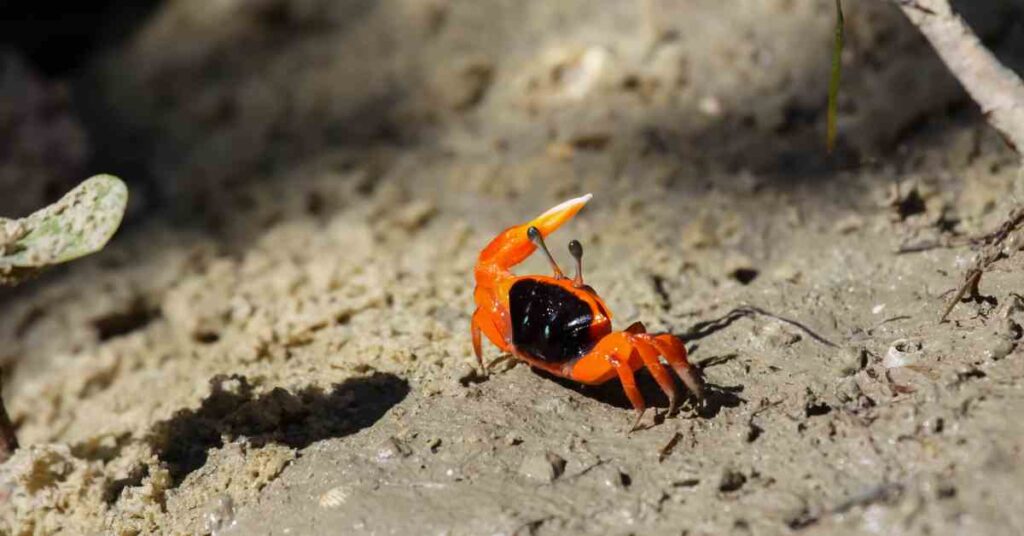
Habitat and Range
The orange fiddler crab is found in mangroves and mudflats along tropical and subtropical coastlines, where the males display a striking orange claw used to attract mates.
Ecological Role
Fiddler crabs contribute to the health of coastal ecosystems by aerating the soil through their burrowing activities, which enhances nutrient cycling and supports plant growth. They also serve as prey for a variety of birds and fish.
Conservation Status
Fiddler crabs are not currently endangered, but their mangrove habitats are at risk due to coastal development and pollution. Protecting mangrove ecosystems is essential for the survival of these orange animals.
8. Orange-Backed Woodpecker (Reinwardtipicus validus)
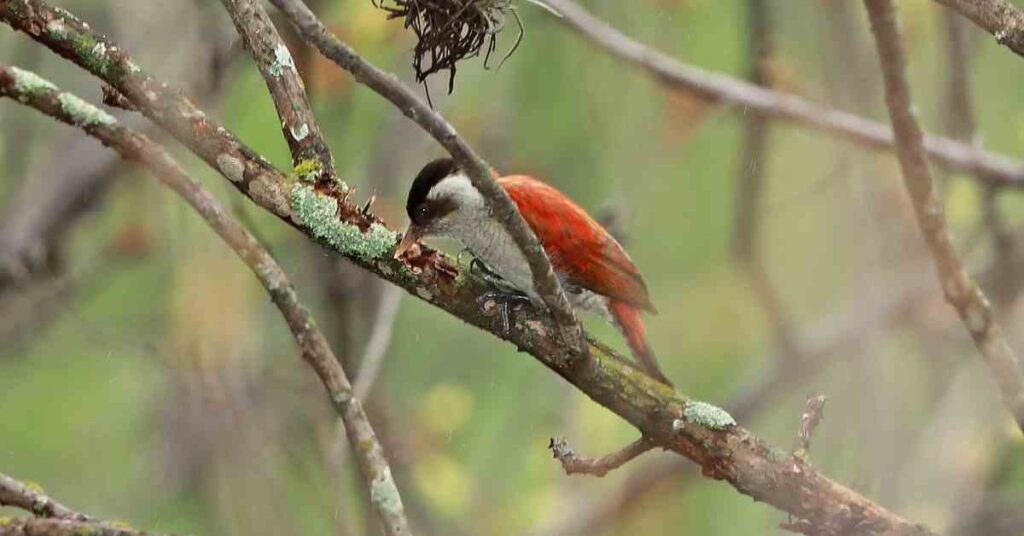
Habitat and Range
The orange-backed woodpecker, as the name suggests, has a vibrant orange back and is found in Southeast Asian forests, particularly in Malaysia, Sumatra, and Borneo.
Ecological Role
Woodpeckers like the orange-backed woodpecker play a key role in forest ecosystems by controlling insect populations, particularly wood-boring insects. They also create nesting cavities used by other species.
Conservation Status
Although not currently endangered, the orange-backed woodpecker is vulnerable to deforestation, which threatens its forest habitat. Conservation efforts focus on preserving forest ecosystems.
9. Poison Dart Frog (Dendrobatidae)
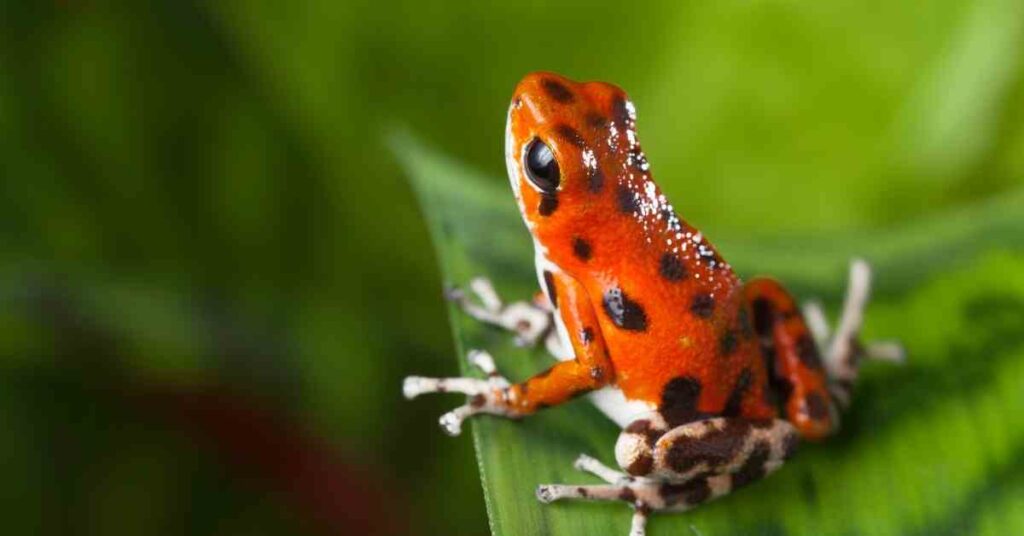
Habitat and Range
Several species of poison dart frogs are known for their bright orange or yellow coloring, warning predators of their toxicity. These small amphibians are found in the tropical rainforests of Central and South America.
Ecological Role
Poison dart frogs play a critical role in their ecosystems by controlling insect populations, and their bright coloring serves as a defense mechanism. They are also important indicators of environmental health.
Conservation Status
Many poison dart frog species are threatened by habitat loss, climate change, and the illegal pet trade. Conservation efforts focus on protecting their rainforest habitats and regulating the pet trade.
10. Orangutan (Pongo pygmaeus, Pongo abelii)
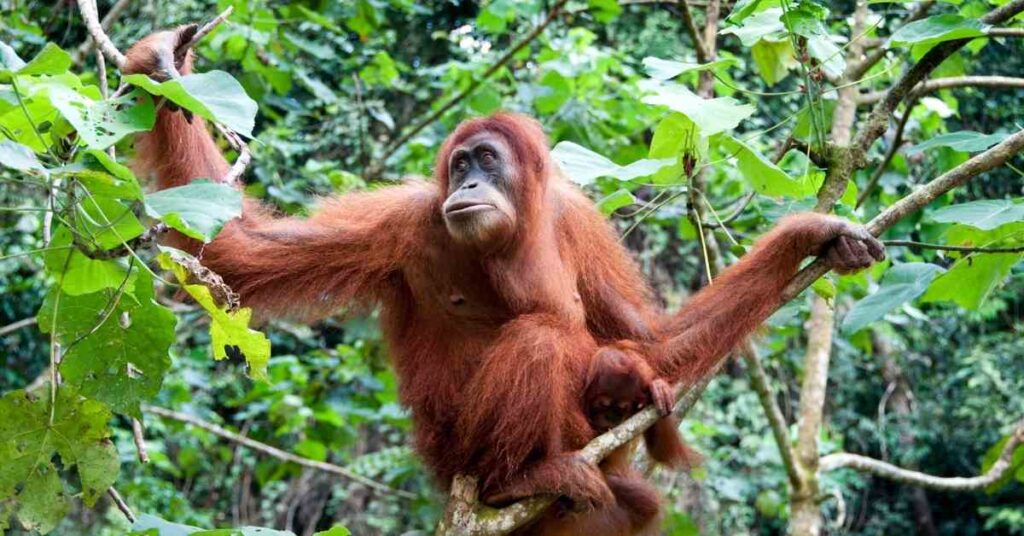
Habitat and Range
The orangutan is one of the most well-known of the orange animals, with reddish-orange hair covering its body. Found in the rainforests of Borneo and Sumatra, orangutans are highly intelligent primates.
Ecological Role
Orangutans are key seed dispersers in their rainforest habitats, helping to maintain the diversity of tree species. Their foraging behavior is essential for the regeneration of tropical forests.
Conservation Status
Orangutans are critically endangered due to deforestation, illegal logging, and the palm oil industry. Conservation efforts include habitat protection, anti-poaching measures, and rehabilitation programs for orphaned or displaced orangutans.
Conclusion: The Importance of Orange Animals in Ecosystems
The vibrant orange coloration of these animals serves various purposes, from camouflage and mating displays to warn predators. Each of these ten species plays a critical role in maintaining the balance of their respective ecosystems, whether as apex predators, pollinators, or seed dispersers.
However, many of these orange animals are under threat due to habitat loss, climate change, and human activities. Protecting these species and their environments is crucial for maintaining biodiversity and ensuring the health of ecosystems worldwide.

